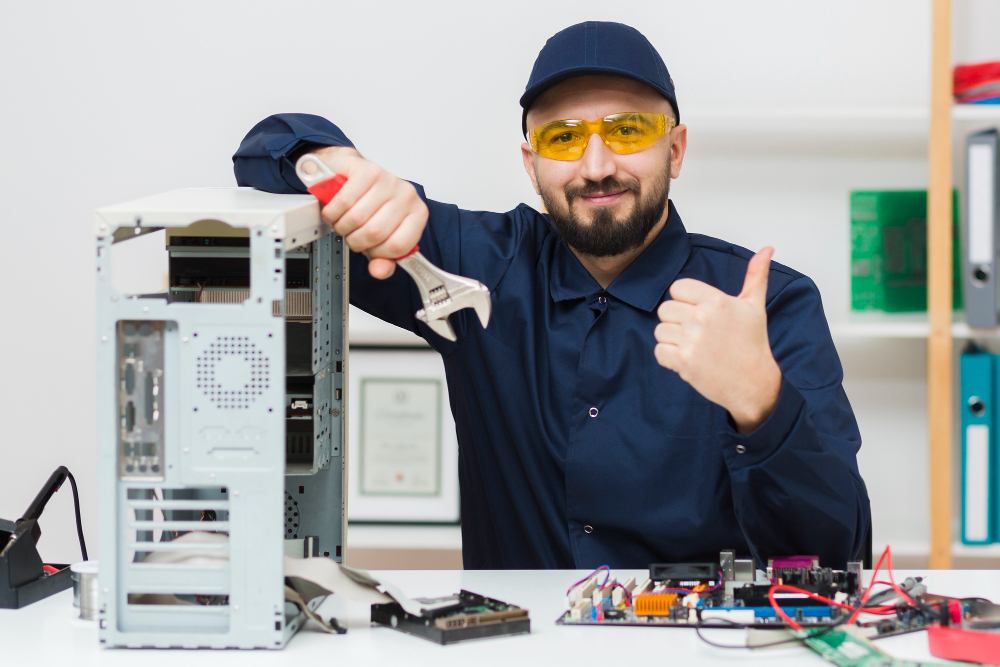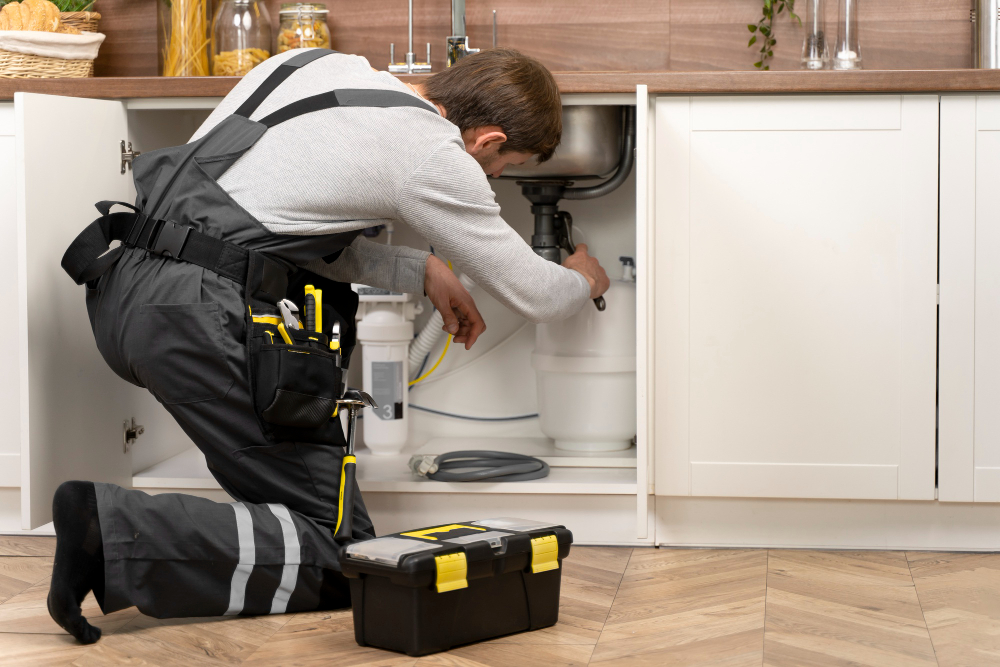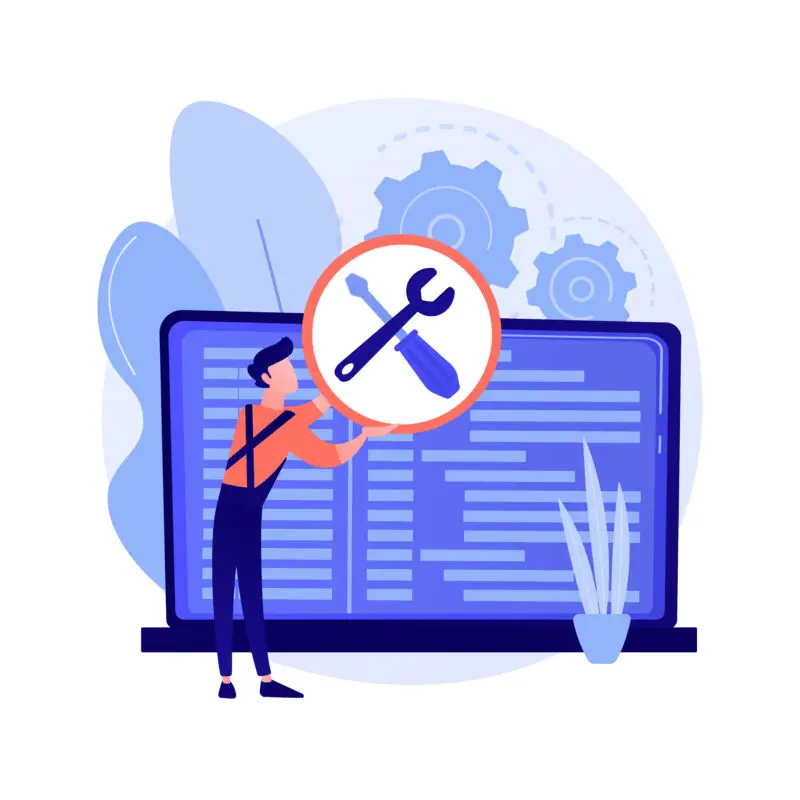Troubleshooting involves identifying and fixing problems that arise unexpectedly, while maintenance focuses on preventing those problems from occurring in the first place.
What is troubleshooting?

Troubleshooting is a process that involves identifying and resolving technical issues or problems that occur in various systems, be it software, hardware, or even networks. In simple terms, troubleshooting is like being a detective for technology – you investigate the problem, find clues and evidence, and then work towards finding a solution.
When faced with an issue, troubleshooting requires you to analyze the symptoms of the problem and determine its root cause. This could involve checking error messages, performing diagnostics tests or examining logs to gather information. Once you have identified the cause of the problem, you can implement appropriate solutions to fix it.
Troubleshooting often requires technical expertise as well as critical thinking skills. It involves using logical reasoning to narrow down potential causes and implementing steps to resolve them effectively. Patience is also key when dealing with complex issues since not all problems are easily solvable.
What is maintenance?

Maintenance refers to the regular activities performed to keep something in good condition or working order. It involves preventive measures and repairs aimed at preventing breakdowns and ensuring optimal performance.
In various industries, maintenance plays a crucial role in sustaining the functionality of equipment, systems, and infrastructure. Whether it’s routine checks, replacing worn-out parts, or conducting inspections, maintenance helps prevent potential issues from arising and keeps things running smoothly.
There are different types of maintenance approaches depending on the specific needs and requirements. This includes corrective maintenance where repairs are done after a failure occurs, preventive maintenance which involves scheduled tasks to prevent failures before they happen, predictive maintenance that uses data analysis to anticipate when maintenance is necessary.
Troubleshooting Vs. Maintenance – Key differences
| Troubleshooting | Maintenance |
|---|---|
| Reactive approach to fixing problems | Proactive approach to preventing problems |
| Focuses on identifying and resolving issues | Focuses on routine care and upkeep |
| Typically performed when a problem arises | Regularly performed to prevent future problems |
| Addresses specific issues or malfunctions | Ensures the overall functionality and longevity |
| Involves diagnosing and rectifying problems | Involves routine inspections, cleaning, and repairs |
When to troubleshoot and when to maintain
When to Troubleshoot:
- When an issue or malfunction occurs: Troubleshooting is necessary when there is a specific problem or malfunction that needs to be identified and resolved.
- When performance is degraded: If the performance of a system or object is noticeably reduced or not meeting expectations, troubleshooting can help determine the cause and address it.
- When there are error messages or warnings: If error messages or warnings are displayed, troubleshooting is required to investigate and resolve the underlying problem.
- When unexpected behavior or failures occur: Troubleshooting is necessary when there are unexpected behaviors, glitches, or failures in the normal operation of a system or object.
When to Maintain:
- Regularly scheduled intervals: Maintenance tasks, such as inspections, cleaning, and routine servicing, are typically performed at predetermined intervals to ensure optimal performance and prevent issues.
- Preventive measures: Maintenance is carried out proactively to prevent potential problems from arising, such as lubricating moving parts, tightening connections, or replacing worn-out components.
- Seasonal changes: Maintenance may be required before or after specific seasons or environmental changes to prepare or safeguard the system or object accordingly.
- Manufacturer’s recommendations: Following the manufacturer’s guidelines for maintenance intervals and procedures ensures that the system or object is properly cared for and operating as intended.
Image Credits
Featured Image By – vectorjuice on Freepik
Image 1 By – Freepik
Image 2 By – Freepik









